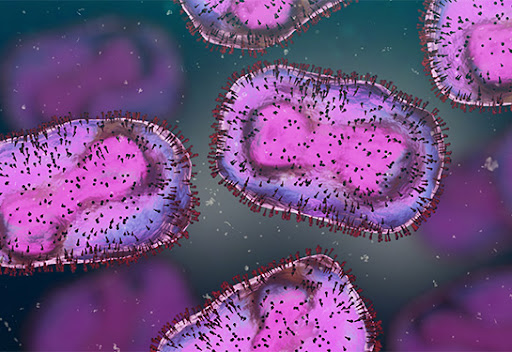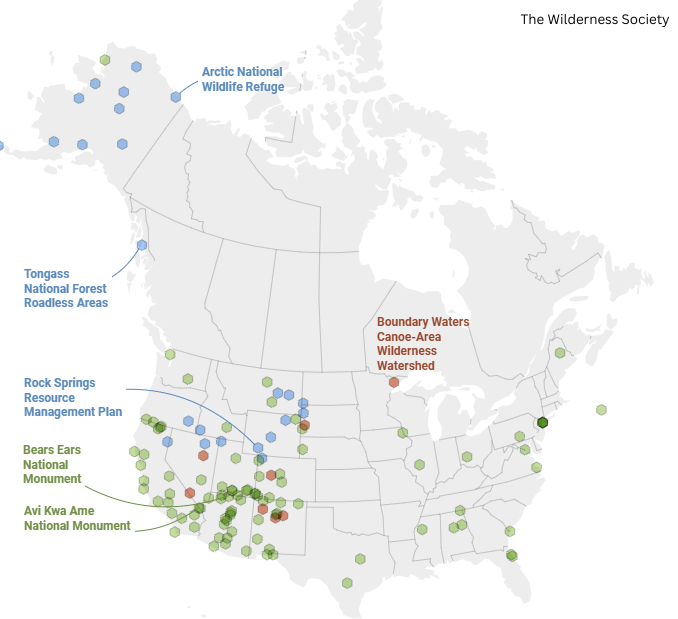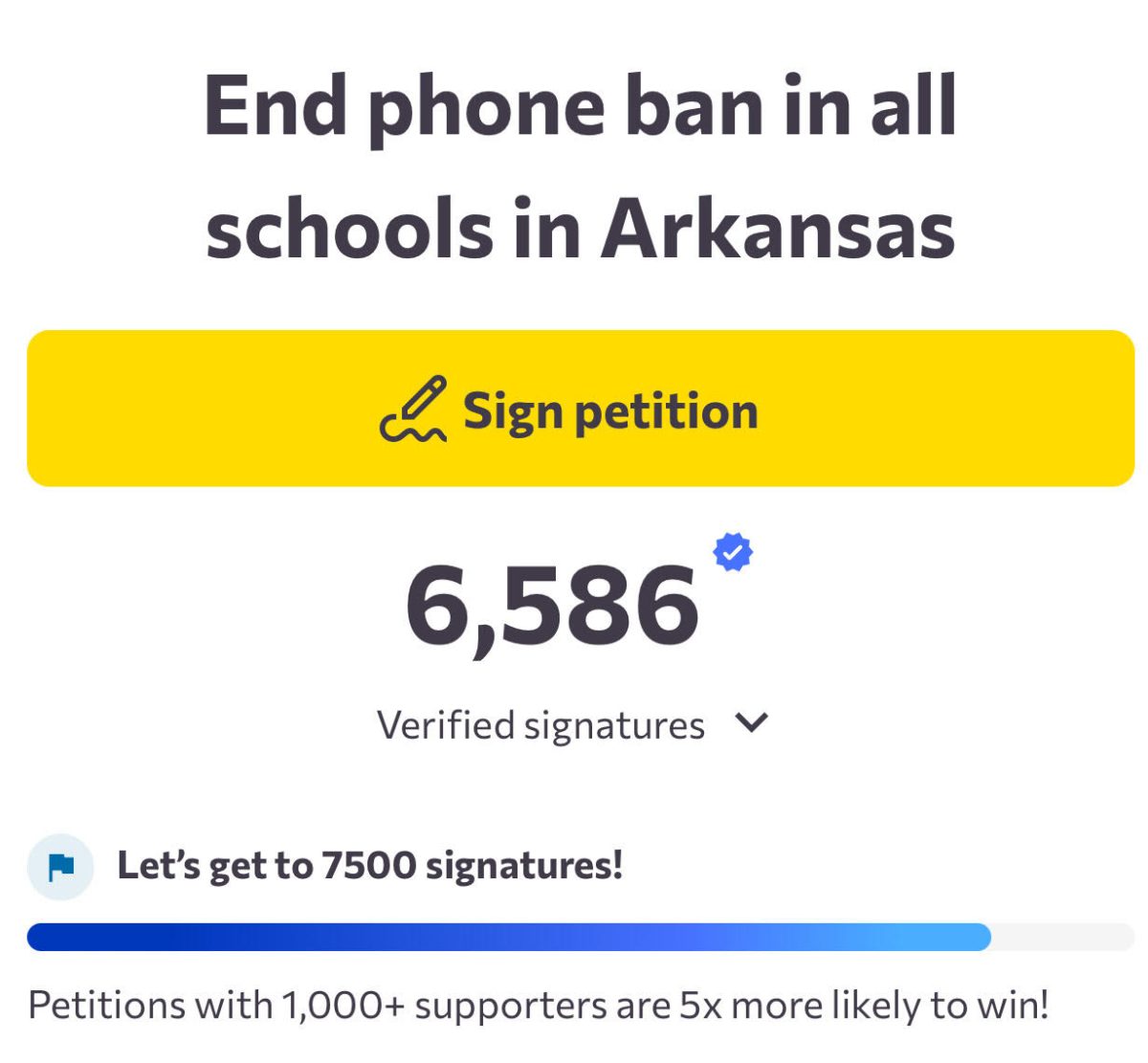
The current epidemic of the monkeypox (Mpox) virus was declared a public health emergency of international concern by the World Health Organization August 14, 2024. This is due to a drastic rise in cases in Africa and the Democratic Republic of the Congo, but the western United States has also been impacted. The outbreak is causing world-wide concern as this strain of Mpox is expected to be more severe than the outbreak of 2022.
While Mpox is known to be mild compared to smallpox, it can still be fatal in extremely rare cases. The usual symptoms include fever, muscle aches, headaches, low energy, swollen lymph nodes and moderate to severe mucosal lesions. Treatment of these symptoms is also the primary treatment for Mpox, along with the prevention of secondary infections. Avoiding contact with any infected animals or people, practicing common food safety techniques and using contraception are the best ways, other than vaccination, to protect oneself from getting infected. The most common way Mpox is transmitted is through close person-person contact.
The current risk in the U.S. is targeted towards men who have same-sex partners or have more than one sexual partner, according to the CDC (Centers for Disease Control and Prevention). Some death rates in central and western Africa have gotten as high as 10% of those who get sick.
The country most affected is the Democratic Republic of the Congo, but it has quickly spread to neighboring countries such as Uganda, Rwanda, Burundi and Kenya, as well as other central and western African areas. About 70% of suspected cases were in children below the age of 15. Pregnant women are also at risk and the disease can spread to their unborn babies. Combined with the issue of malnutrition, lack of sanitation, and healthcare, the spread of Mpox could be devastating for Africa.
“The outbreak has affected 13 African countries since 1 January 2024, reporting 18,737 cases (3,101 confirmed, 16,636 suspected) and 541 deaths,” according to NICD, the National Institute For Communicable Diseases.
There are two distinct types of Mpox: Clade I and Clade II. Clade I, which is circulating right now, is generally more harmful than Clade II, which was the outbreak that occurred in 2022. Some also refer to Clade I as the central African or Congo Basin clade, whereas Clade II is associated with west Africa. Historically, Clade I caused more cases of severe illness than Clade II, especially in immunocompromised people. Additionally, Clade I is much more common in children.
“It appears that Monkeypox Clade I is the current outbreak; [it] spreads faster and may cause more deaths,” said Amanda Johnson, a nurse at Rogers High School.
While many are still concerned for central African countries and their capability to prevent further spread of Mpox Clade I, in the U.S. the current outbreak of Mpox is not a direct threat. Given the country’s access to medical resources and vaccinations, the likelihood of catching it is low, and fatal cases are even more rare. Many organizations agree that as long as the right steps are taken by individuals and governments, this outbreak will be fairly temporary and mild.
“Governments in high communicable areas need to follow the recommendations from the CDC and the World Health Organization (WHO). Individuals need to educate themselves on travel to high communicable areas and decide if that is a risk they are willing to take and continue to use proper hygiene and disease prevention,” Johnson said.












